
cd_nom
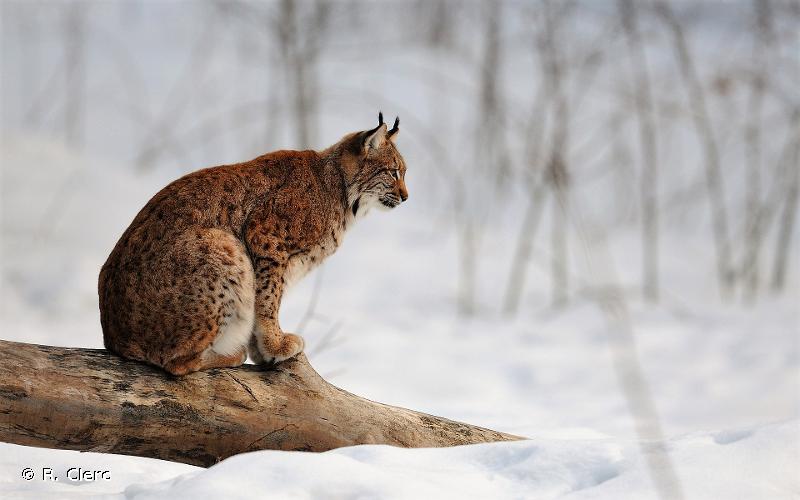
| Author : R. Clerc |
 |
To get the picture, please visit:
Roland Clerc
Photographe naturaliste
http://www.faune-valais.ch/
email : inpn@mnhn.fr
Despite the Creative Commons license, please inform the author of the use which will be made of his photo
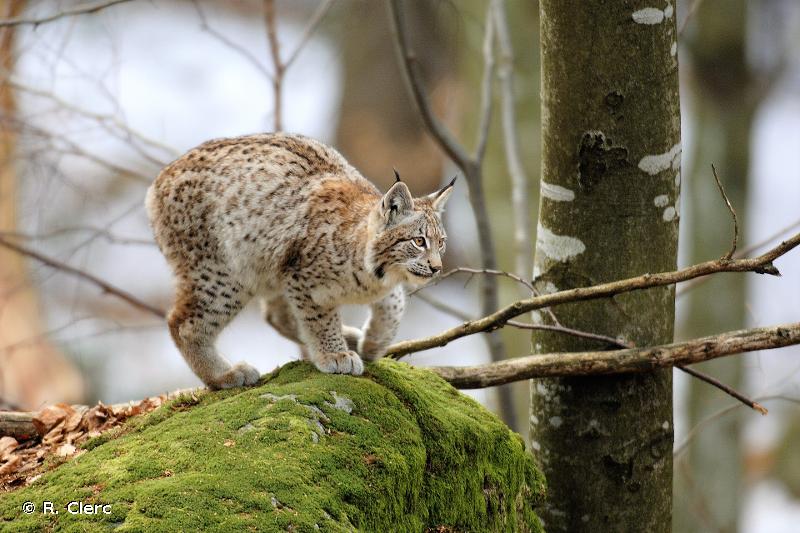
| Author : R. Clerc |
 |
To get the picture, please visit:
Roland Clerc
Photographe naturaliste
http://www.faune-valais.ch/
email : inpn@mnhn.fr
Despite the Creative Commons license, please inform the author of the use which will be made of his photo
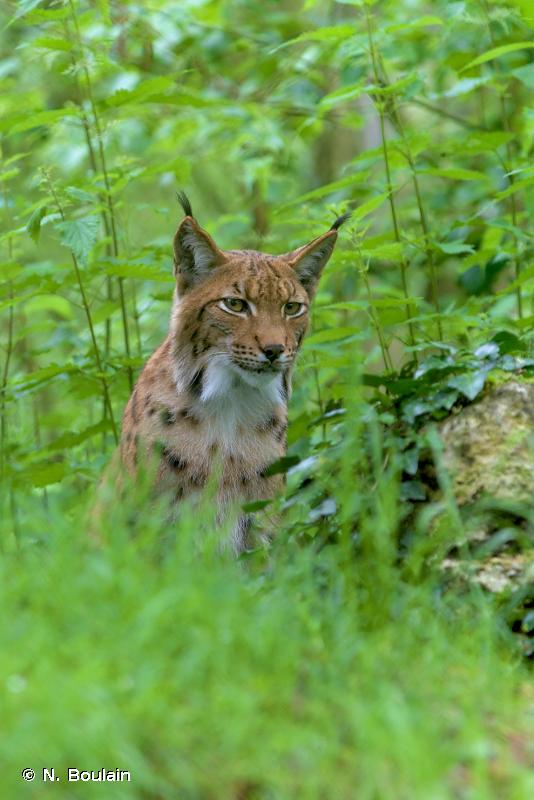
| Author : N. Boulain |
 |
Any reuse of one or more photographs on this site is subject to an authorization request from the author.
Link to the Code of Intellectual Property (Legifrance)
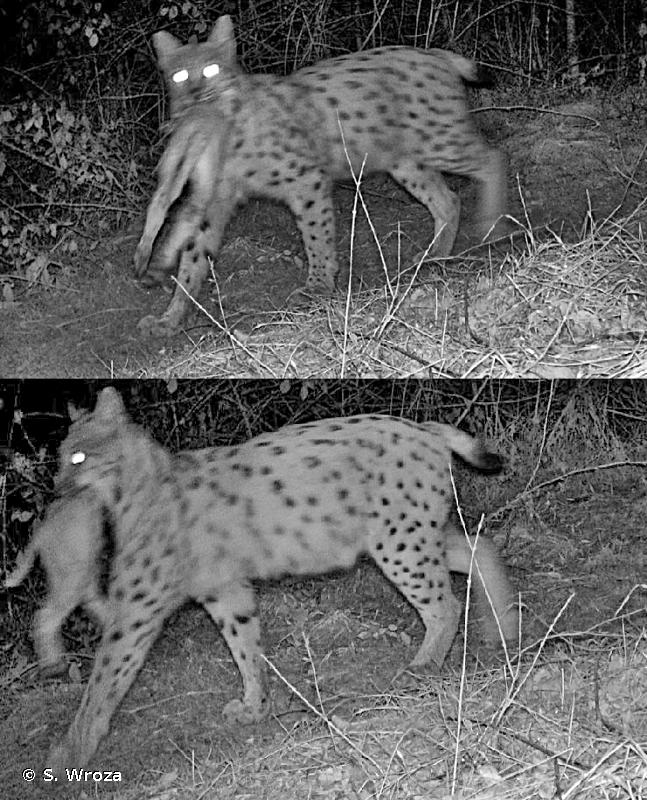
| Author : S. Wroza |
 |
Despite the Creative Commons license, please inform the author of the use which will be made of his photo

| Author : N. Boulain |
 |
Any reuse of one or more photographs on this site is subject to an authorization request from the author.
Link to the Code of Intellectual Property (Legifrance)
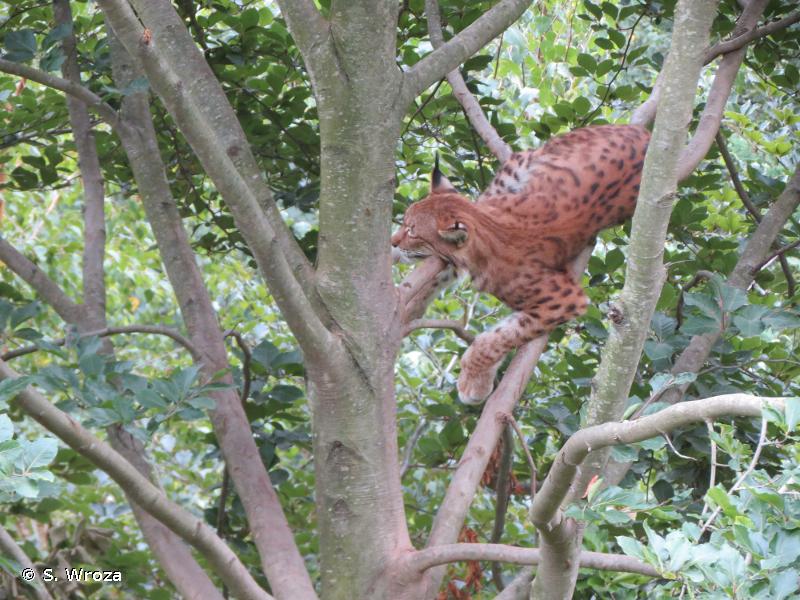
| Author : S. Wroza |
 |
Despite the Creative Commons license, please inform the author of the use which will be made of his photo
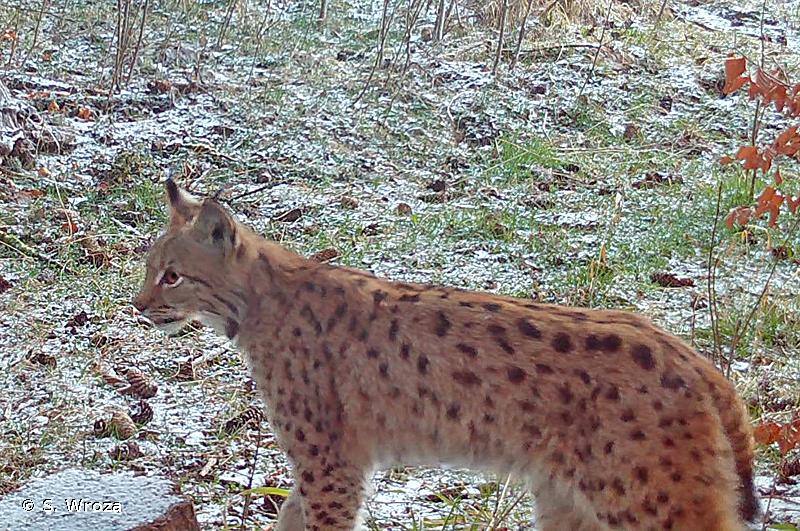
| Author : S. Wroza |
 |
Despite the Creative Commons license, please inform the author of the use which will be made of his photo
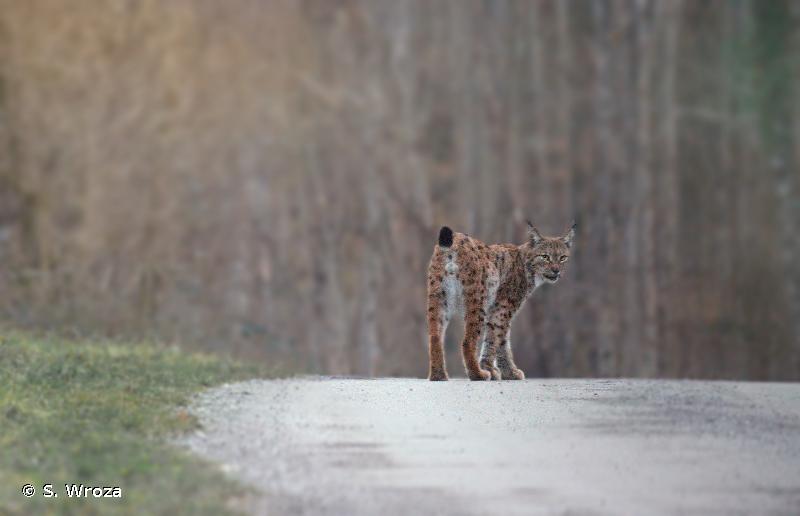
| Author : S. Wroza |
 |
Legend: Lynx boréal dans son milieu naturel dans le Jura
Despite the Creative Commons license, please inform the author of the use which will be made of his photo
Longueur : 80-130 cm plus 11 à 25 cm de queue. Hauteur au garrot : 60-75 cm. Poids : 18-25 kg. Dents (28-32): I3/3, C1/1, P2-3/2, M1/1.D'allure féline, le Lynx a une petite tête arrondie portant des favoris (long poils bordant la face). Les oreilles sont grandes et pourvues de pinceaux de poils noirs caractéristiques de ce genre. Les yeux sont jaunes. La queue est relativement courte et se fini par un manchon noir. Les pattes, digitigrades, sont puissantes et larges. Le pelage varie du jaune roux au beige gris et est plus ou moins tacheté de noir suivant les individus. Les tâches sont plus facilement visibles sur les pattes que sur le dos. Le pelage du ventre est plus clair. De grandes variabilités du pelage existent entre individus.
Seule espèce de Lynx en France, il ne peut se confondre avec aucune autre espèce. L'autre espèce qui lui ressemble, le Lynx pardelle Lynx pardinus, n'est présente qu'en Espagne.Nocturne et crépusculaire, il passe ses journées dans une cavité rocheuse, une souche, un buisson et chasse la nuit… Solitaire, les mâles et femelles se rencontrent lors du rut. La maturité sexuelle est atteinte vers 2 ans pour les femelles et 3 ans pour les mâles. L'accouplement a lieu de février à avril. La femelle met bas dans un gîte en mai-juin après 70 jours de gestation. Le nombre de petits par portée varie de 1 à 4. Le sevrage débute au bout de 2 mois et demi. Les jeunes s'émancipent vers 10 mois et partent à la recherche de leur territoire. Ils peuvent vivre jusqu'à 10-20 ans.Spécialiste des ongulés, le chevreuil et le chamois sont ses proies de prédilection. Il consomme également des jeunes cerfs, sangliers, rongeurs et autres petits mammifères. Il chasse en s'approchant au plus près de sa proie pour pouvoir la capturer par surprise.Forestier, il s'adapte à tous types de peuplement (résineux, feuillus, mixtes). Il se retrouve aujourd'hui principalement dans les forêts de montagne. Son territoire compte de nombreux abris de repos ainsi que des tanières pour la femelle. Le domaine vital d'un mâle empiète souvent sur celui d'une ou plusieurs femelles.Référence : STAHL P. & VANDEL J.-M. 1992. Le Lynx boréal (Lynx lynx Linné 1758). Société française d'Etude et de Protection des Mammifères (SFEPM). Encyclopédie des carnivores de France, n°19. 65p.
Audrey Savouré-Soubelet(UMS 2006 Patrimoine Naturel (AFB / CNRS / MNHN)),2014
Continental
Metropolitan France
Overseas
Marine
Metropolitan France
Overseas
The map presents a summary at the 10 x 10 km grid of the observation data for the species transmitted to the SINP. These data have been subjected to validation filters.
The map presents a reference distribution layer of the species at the scale of departments and marine sectors. The presence and absence data were established by expertise within a network of partners. This reference distribution is used in the validation process of the SINP data at the INPN level.
Corresponds to a report on the basis of at least one observation proved within a period of 10 years (20 years for little-known invertebrates) preceding the year and no presumption of extinction since obtaining the last data nor doubt on reproductive and implemented nature of this population. For migratory species, the presence indicated concerns areas of reproduction.
This status is based on one or more of the following criteria:
This point covers the absence, more difficult by nature to demonstrate than presence. This status is based on one or more of the following criteria:
This status must be assigned to a department in which the presence of the species is casual.
Particular case of absence due to a proven extinction less than a half century ago (older disappearances are treated as "no probable or definite").
In the state of knowledge, we can not comment on the presence or absence in the current department. This is the default status when not comprised in one of the previous categories or whenever there is doubt.
The map shows the global distribution of the species based on GBIF data (Global Biodiversity Information Facility).
